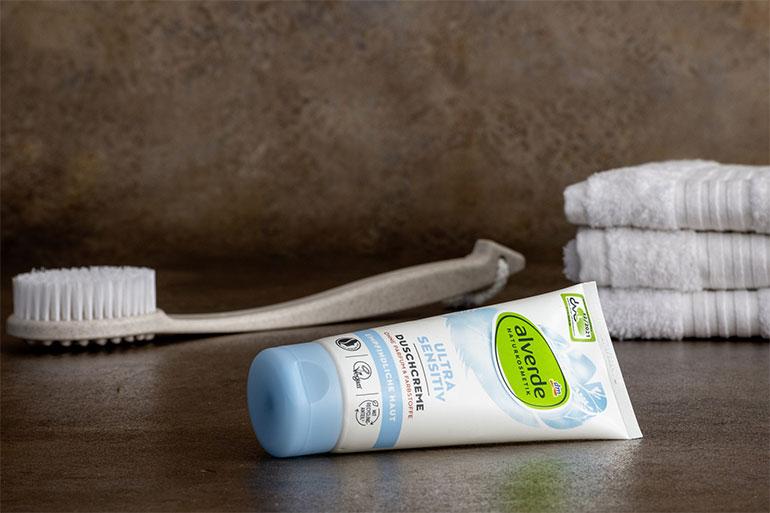Tube of the year 2022
Innovation in design, alternative materials and sustainability are the key concepts that have guided the realization of the projects presented at the competition Tube of the year 2022, organized by etma - the European Tube Manufacturers Association to reward the most deserving and future-oriented packaging solutions.
The etma Secretary General, Gregor Spengler, is more than satisfied with the results of the etma awards: «Even in challenging times, our member companies are unwavering in their search for even better solutions in design, product protection and the development of new materials and resource-saving packaging solutions. It is fascinating to see how, year after year, the tube delivers new and interesting solutions for a wide range of applications and filling goods and continues to distinguish itself as an all-round packaging material».
During this year’s annual meeting of the Association in Prague, a jury of representatives from etma member companies met to determine the winners in the categories of aluminum tubes, plastic tubes, laminate tubes, prototypes and in the sustainability category.
Aluminium
The Jury voted for the Chanel N°5 tubes which are produced by Tubex Aluminium Tubes as winner in the aluminum tubes category. To mark 100 years of Chanel N°5, the legendary brand launched a limited edition of beauty products in very special packaging. The Chanel Factory 5 Collection presented its gels and lotions in functional containers like oil cans and paint pots, each printed with the iconic black-and-white design.
This elegant fusion of luxury and utility showed how a single perfume can turn everyday materials into something much more glamorous. The tubes were chosen by Chanel as packaging for La Crème Corps (150 ml and 20 ml) and Le Gel Douche (20 ml). All tubes featured a matt finish across the tube body and shoulder, and a white octagonal cap.
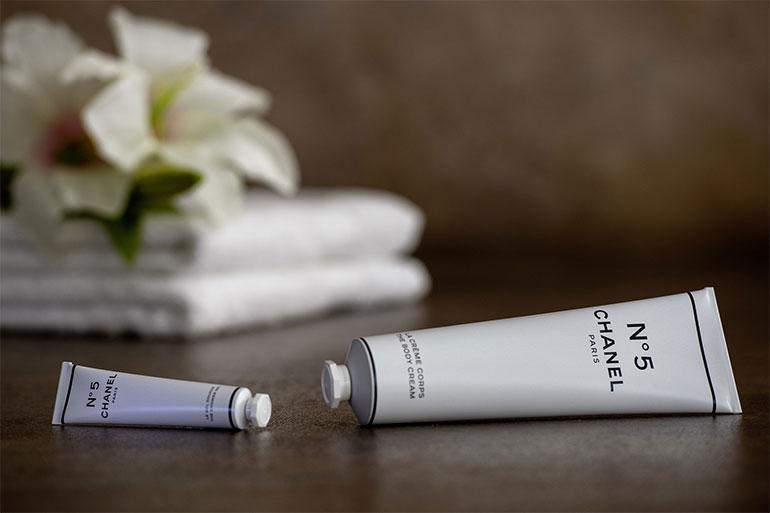
Plastic
There were two winners in this category this year. Firstly, the Caudalie shower gel tube, manufactured by Albéa using its Thin Wall technology with COEX PCR Max combined with Slight Cap PP, for a lightweight tube and a high PCR content. The new packaging solution combines a beautiful color shading obtained with mass color and flexo printing and a matching color cap. A matte surface provides an interesting feel, and the fascinating transparency of the material literally makes the colors of the range appear in a very special light. This creates an unmistakable appearance at the point of sale with a strong presence.
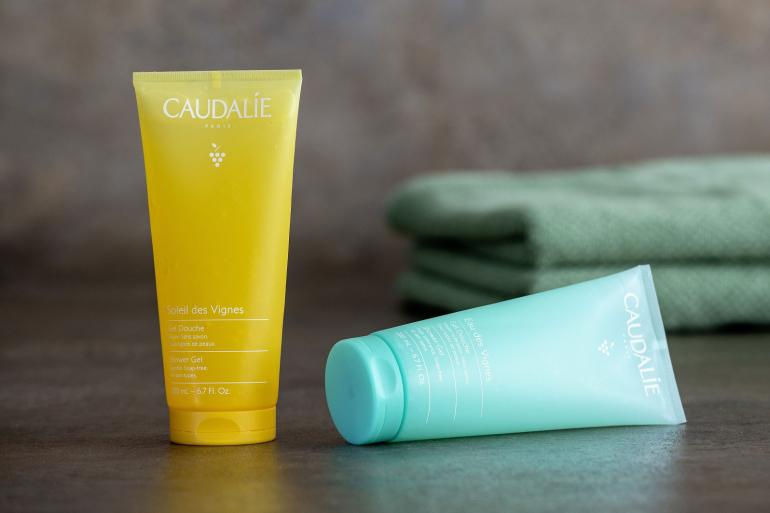
The other winner in the plastic tubes category is produced by Swiss manufacturer Hoffmann Neopac. For a vegan toothpaste from Liebherr, Neopac specially created the PICEA™ tube with spruce wood content. This “wooden tube” is a high-quality packaging solution that underscores the naturalness and sustainability of the product. The difference is actually noticeable, because the fine wood flour makes the surface of the tube feel slightly rough.
The tube has a significantly improved eco-balance thanks to the material used, as the PICEA™ wood tube is made of over 95% renewable resources - the spruce wood content is 10%, and the sugar-based content is 85%. The tube scores with a more than 40% better CO2 balance compared to a conventional PE tube. At the same time, it offers the same qualitative properties in terms of barrier function, decoration, food suitability or recyclability.
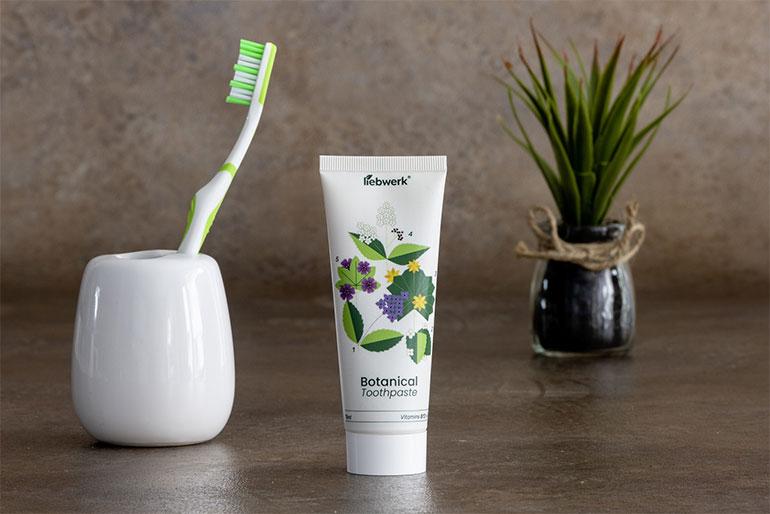
Laminate
A tube produced by Albéa for Lipikar cream AP+M from La Roche-Posay took first place, aimed to significantly improve its ecological footprint by continuously reducing the use of plastic in packaging. This new generation of packaging is using Albéa’s EcoFusionTop, the two-in-one break-through innovation allowing 80% weight reduction (compared to standard head and cap) combined with Metamorphosis, a paper-based solution leading to 60% less plastic than the old Lipikar Packaging. EcoFusion Top is made from HDPE to guarantee mono-materiality and recyclability. It is also adapted to the e-commerce market and complies with Ista-6 standard.
Visually, too, the winning tube is a real eye-catcher: the revolutionary closure solution reveals the principle of material savings at first glance, and the paper-based material creates an unmistakable sustainable look with character.
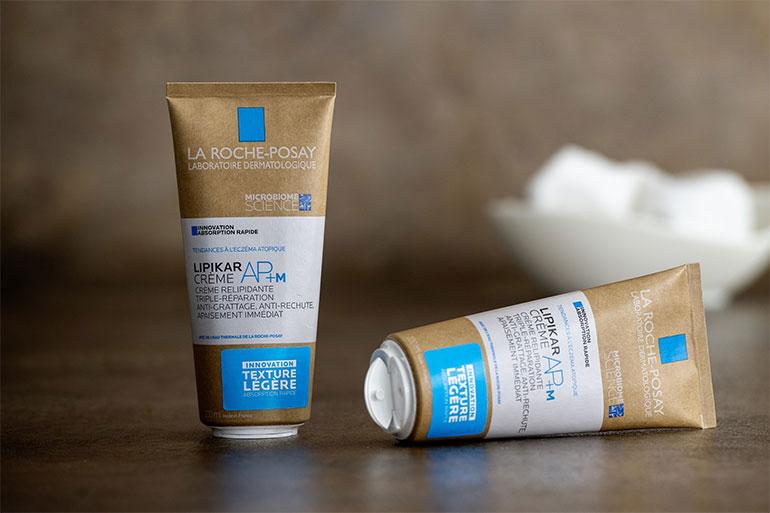
Prototypes
With its award-winning and patented MMB tube technology, Hoffmann Neopac convinced the jury in the prototypes category and carried off the victory. The Polyfoil® MMB Monomaterial Barrier Tube features a novel combination of high product protection, a minimal amount of non-PP materials, user-friendliness and appealing aesthetics, and represents a significant advance in environmentally conscious material technology.
The PP-based Polyfoil MMB tube with PP closure or applicator can be recycled in the PP container recycling stream according to RecyClass certification and is also well suited for oxygen-sensitive goods. Compared to the conventional standard Polyfoil® range, Hoffmann Neopac uses less plastic in the tube body, reducing the CO2 emissions of a 30 mm diameter tube by up to 40%. The tubes are, for example, available with a high-quality soft-touch coating or with a shiny metallization.
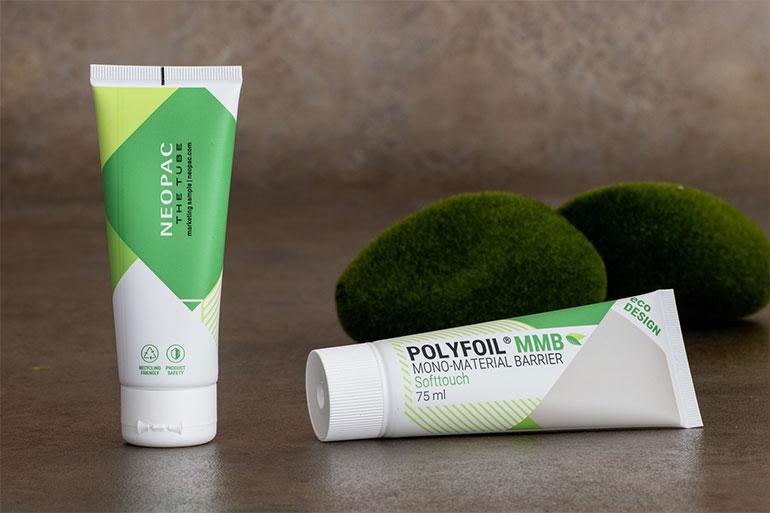
Sustainability
The winner was the plastic tube “Tube 4.0”, produced by the German manufacturer Linhardt for its customer dm. As part of the project, the wall thickness of the plastic tubes of the dm brands Balea, Balea MEN, alverde, SauBär, babylove and Jessa was reduced by 30% from 0.50 mm to only 0.35 mm.
In addition, the proportion of recycled plastic has been increased considerably: instead of 50% as before, the new tubes now contain 60% (Coex) or 70% (Mono) post-consumer recyclate (without closure). In the case of the 200 ml winning tube of alverde “Ultra Sensitive Care Shower”, the conversion saves 2.9 g of primary plastic per tube.
Despite the high PCR content, the tubes impress with a pleasant white tone and an attractive print image using Linhardt’s own HD printing process. Increasing the PCR content while reducing the wall thickness and maintaining the attractive appearance is technically demanding and represents an important step towards the more conscious use of raw materials.
